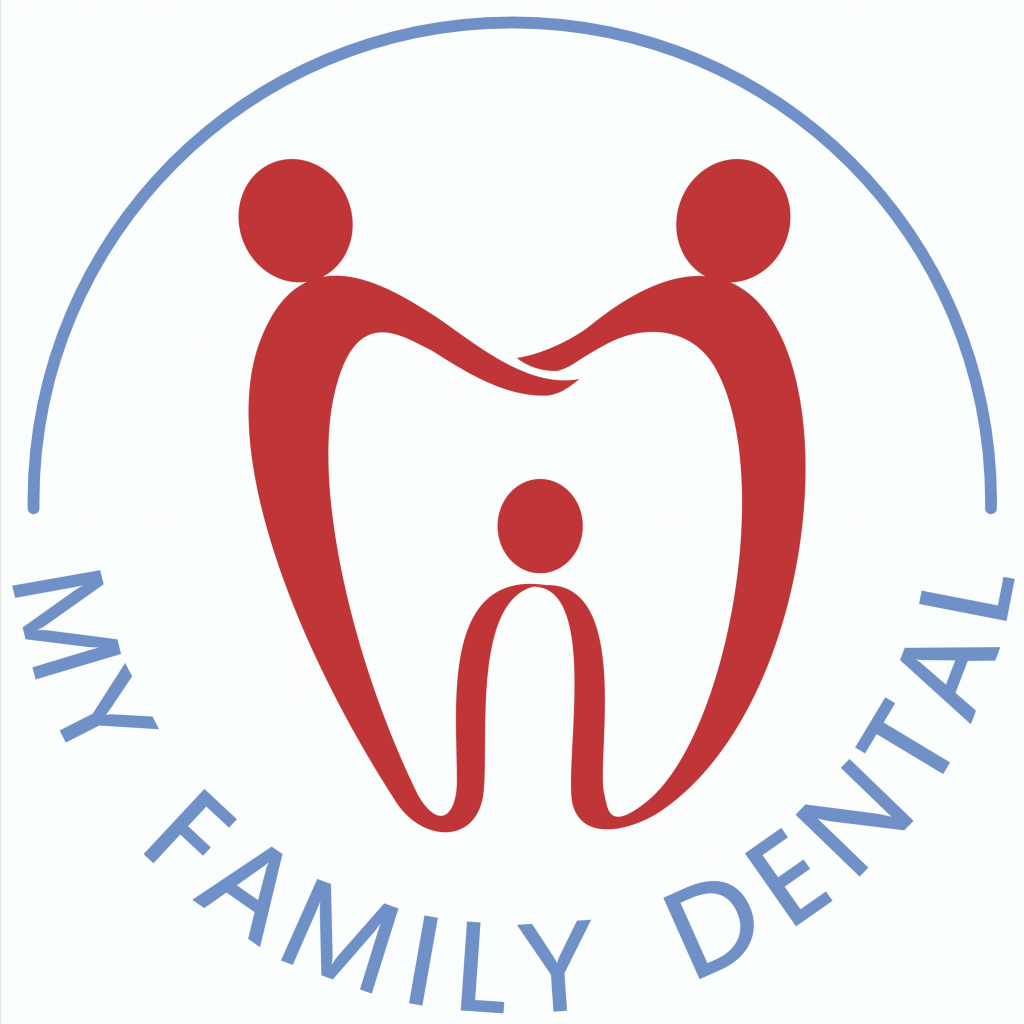It can be scary to hear that you need to extract your tooth because you want to keep them for life. Certain circumstances can make us remove our teeth, including dental trauma, crowding, and a disease that causes the tooth to be irreparable. Tooth extraction is among the most common dental procedures that help to improve your overall health and eliminate bacteria.
Keep reading to know what tooth extraction is, how tooth extraction works and whether there are any complications after the procedure.
What is Tooth Extraction?
It is a standard dental procedure in which the dentist removes the tooth from the socket. Tooth extraction is also known as pulling the tooth, and it is usually the last option if it is not possible to save the tooth. Usually, tooth restorative methods are tried by dentists, which include crowns or fillings, before they recommend extraction.
Those who experience trauma to their face may have a fractured or broken tooth, and it may lead to tooth extraction. Other than that, any gum disease or severe tooth decay can also result in the tooth being pulled. Sometimes, the dentist has to extract a tooth if the mouth becomes too crowded, and this helps to prevent any additional problems.
Tooth Extraction Procedure
Before the tooth extraction process starts, one major step the dentist takes is to have x-rays of your mouth to create a treatment plan. This way, the dentist can determine the damage’s extent. The following are a few steps that can help you understand how tooth extraction works.
- After x-rays, the extraction procedure starts. The foremost step is to go for the sedation options for the extraction procedure. It includes oral conscious sedation or intravenous sedation to reduce anxiety in the patient.
- Next, the area becomes numb, so you don’t feel the pain, and the step to remove the tooth starts.
- The dentist uses special tools to remove the tooth from the socket. Although it depends on the extent of the damage, you might require incisions so that it becomes possible for the dentist to access the tooth.
- After removing the tooth, the entire area is cleaned to prevent infection. In the last step, the dentist will stitch the area.
Are There Any Complications After Tooth Extraction?
When you undergo tooth extraction, there can be a few risks, but the benefits outweigh any chances of complications. A blood clot is naturally formed after the tooth extraction, and if it doesn’t start, the bone inside the socket can get exposed. The dentist will protect the area by applying sedative dressing for some days in such a case, and it forms a new clot in the socket.
There are many other small risks in the tooth extraction process. You can have severe chills and fever, and this could be an indication that you have an infection. The bleeding can last a little longer, and you may feel vomiting or nausea. Other complications include shortness of breath, chest pain, and redness at the surgery site. If you feel any of these symptoms, immediately contacting your dentist is a good idea.
Tooth Extraction in Townsville, QLD, Australia
You may never be happy to know that you need to have your tooth extracted, but sometimes it is the only way to eliminate the infection. My Family Dental QLD has the best dentists who remove your tooth in the least invasive manner so you can get back on track with a healthy smile and life.
Contact our professional team of dentists to learn how tooth extraction work to relieve pain and improve oral hygiene.
My Family Dental has dental clinics in Emerald, Bowen, Innisfail, Townsville, Ingham, and Bohle Plains for your convenience.



